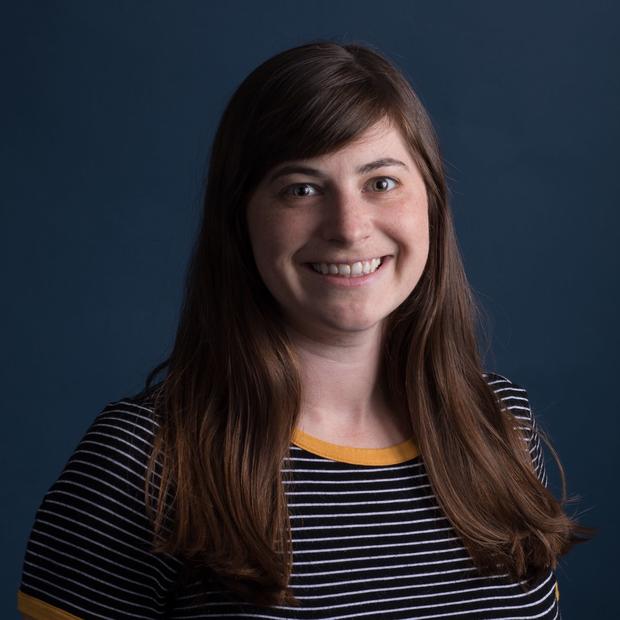“We're finding microplastics pretty much everywhere we look — in the snow in Colorado mountains and the Arctic, where people just don't really inhabit,” Harris said.
That might be a scary thought. But at least Harris is watching the problem: As a microplastic fellow at the Seattle Aquarium, she gets an up-close look at how these tiny particles affect the waters around us and the creatures that inhabit them. And her typical day at the beach is probably a lot different than yours.
Harris sifts through the sand and collects water samples in long-term monitoring studies to determine the amount of microplastics contamination in Washington’s Salish Sea.
For Harris, it's not just about getting people to skip takeout containers or buy sustainable T-shirts. It’s about changing the way we think and our relationship to everything we buy, sell and consume.
“When you think about capitalism and consumerism, we're also consuming at a rate that we've never consumed before,” she said.
That consumption means more microplastics end up in the stomachs of whales, sea turtles and coastal birds.
“There's estimates that there's going to be more plastic in the ocean than fish by 2050,” Harris said.
The thought can be sobering and depressing, but Harris doesn’t let it stop her from trying to change.
“There's also the thought of what I'm doing matters … it can change society in the future and it can make a difference,” she said.



